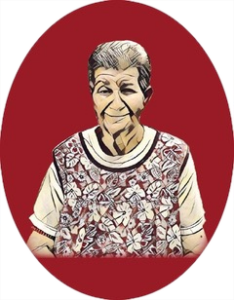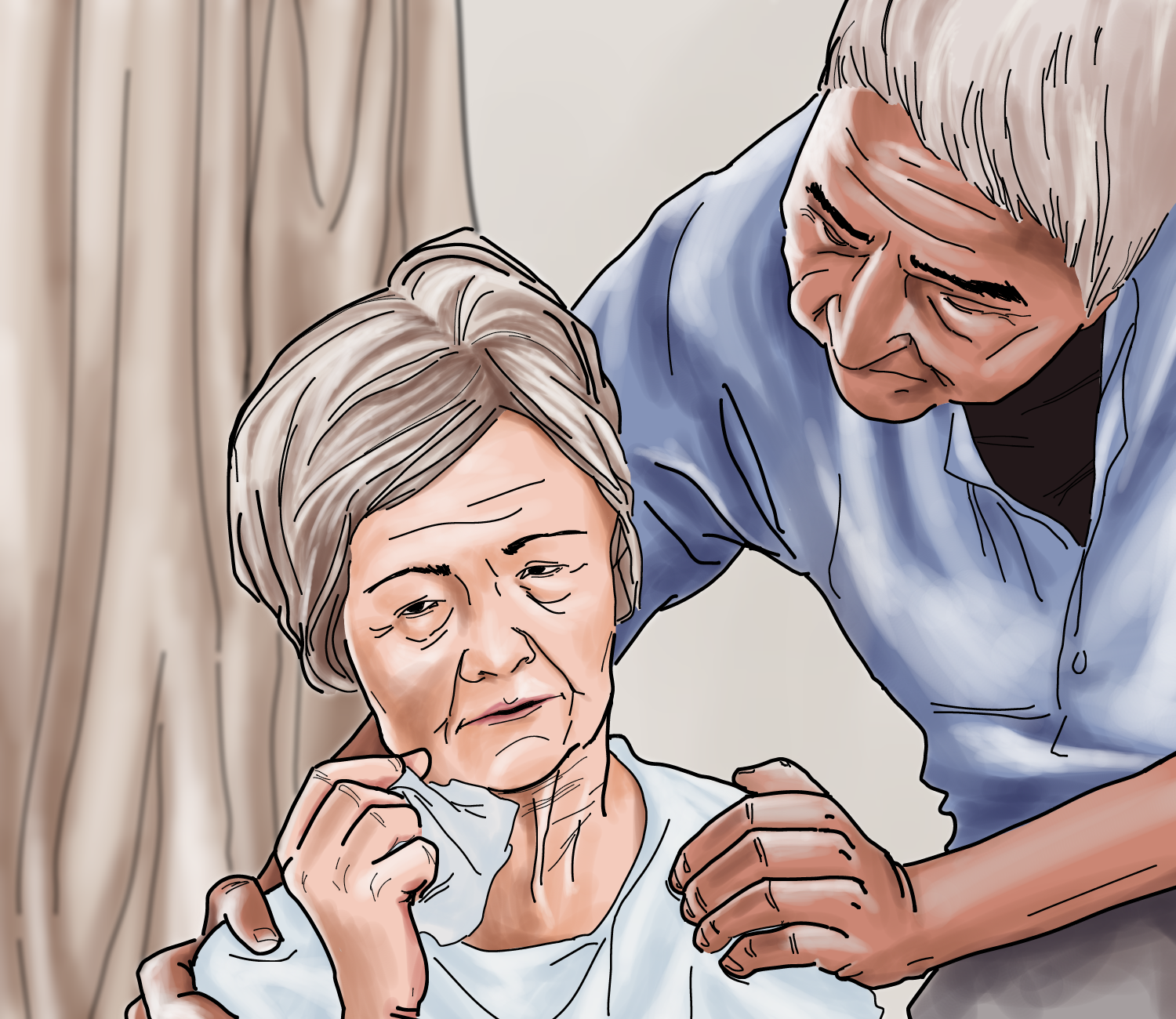By Ethan Porjes
You might find yourself caring for a loved one with Alzheimer’s disease and notice patterns in their behavior depending on the time of day. A popular change in behavior comes with the fall of evening as the sunlight begins to fade and the Alzheimer’s patient might get increasingly disoriented until daylight. This phenomenon is known as sundowning, or sundown syndrome and medical professionals have yet to determine why this occurs.
What causes sundowning?
The prevailing theory is that the change in behavior observed during sundowning could be related to our body’s circadian rhythms. A person’s circadian rhythm functions like an internal biological clock that tracks the day and night cycles by the amount of sunlight observed and absorbed. The circadian rhythm is compromised in Alzheimer’s patients and sundowning can be exhibited in a variety of ways.
What are the symptoms of sundowning?
- Confusion,
- Paranoia
- Agitation
- Pacing
- Screaming or Yelling
- Visual and/or Auditory Hallucinations
- Erratic Behavior
What can I do/how can I help a person with sundowning syndrome?
While we do not know what exactly causes sundowning, we do know some healthy habits to practice mitigating the effects and frequency of sundowning occurring. The following are some suggestions that caretakers and loved ones alike might find useful:
- Schedule appointments/activities for earlier in the day when there is plenty of daylight
- Encourage a regular sleep schedule and avoid scheduling naps close to bedtime
- Avoid substances like caffeine and sugar close to bedtime to prevent restlessness
- Substances like cigarettes and alcohol should also be avoided as these can impact sleep duration and quality
- Wind-Down time: create a relaxing environment closer to bedtime. Try listening to soft music or reading a book.
- Appropriate lighting: adjust the curtains, blinds, and lights to make a comfortable space. Keep shadows and darkness to a minimum to avoid triggering sundowning symptoms.
Sundowning symptoms can vary in intensity in an Alzheimer’s patient but what makes them distinct is that the symptoms will wane in the morning as darkness fades and sunlight shines. If the patient’s symptoms persist well into the daylight hours, it is possible that there is another underlying cause. An example would be delirium induced from a persistent urinary tract infection (UTI) which you can learn more about in LA Elderly’s Information section.

